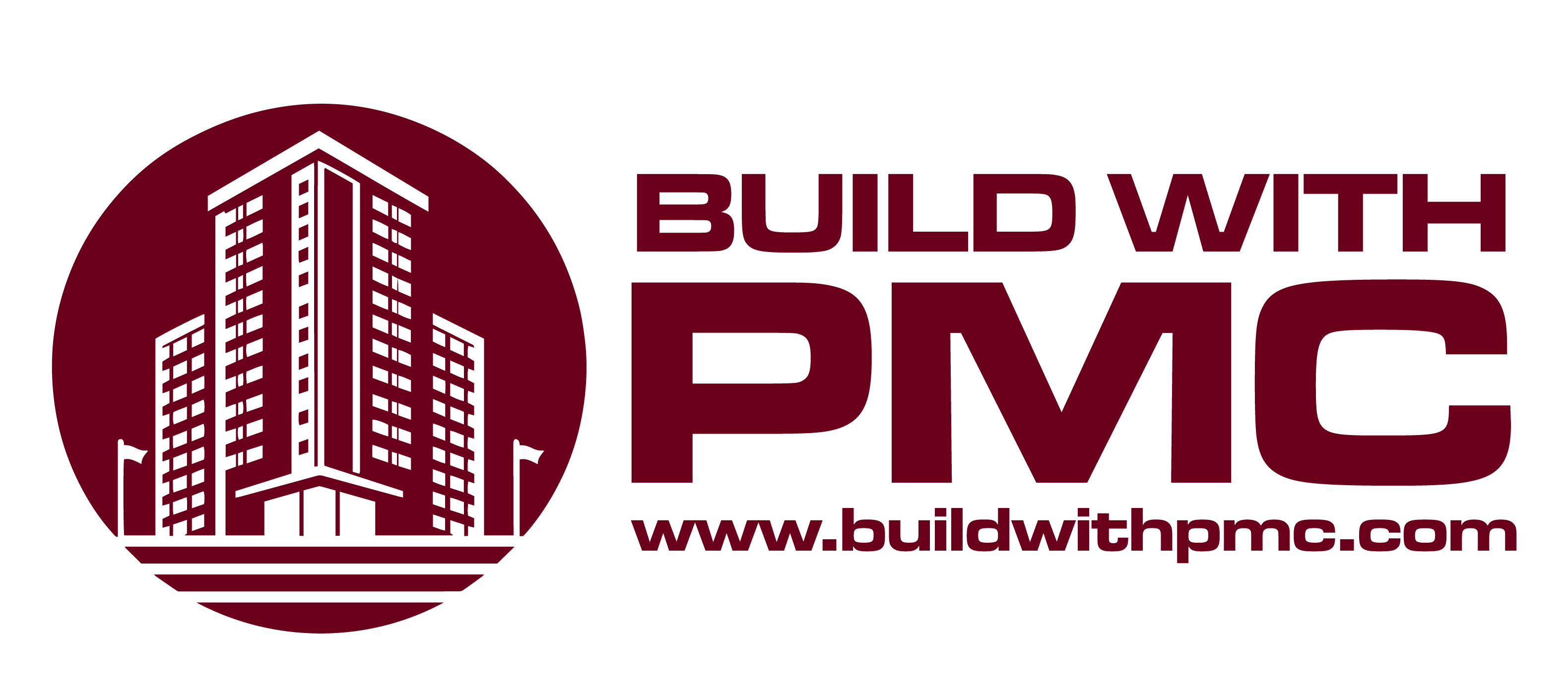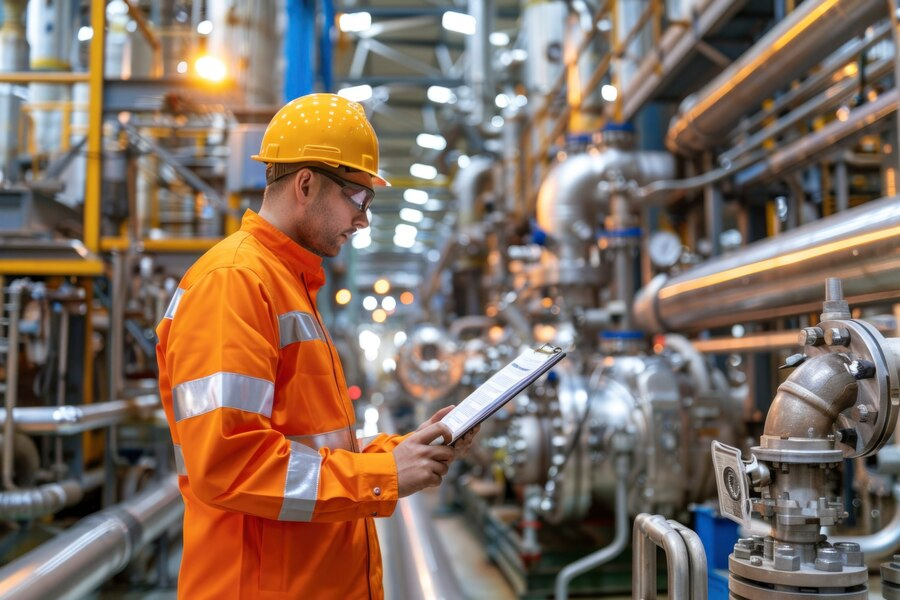The realm where buildings stand tall as testaments of architectural prowess. But behind their grandeur lies a crucial aspect often overlooked: exterior maintenance. In this era of urban evolution, unlocking the potential of exterior building maintenance is paramount. It’s not merely about preserving aesthetics; it’s about ensuring safety, sustainability, and longevity. From towering skyscrapers to humble abodes, the facade speaks volumes about a structure’s character and integrity. Join us as we delve into the intricacies of exterior maintenance, exploring innovative techniques, eco-friendly practices, and the transformative power of upkeep in enhancing urban landscapes. It’s time to unlock the full potential of our built environment.
The Importance of Exterior Building Maintenance: Beyond Aesthetics

Exterior building maintenance transcends mere aesthetics, playing a pivotal role in ensuring structural integrity, energy efficiency, and bolstering property value. A well-maintained exterior acts as a protective barrier, shielding the structure from elemental damage such as water infiltration, UV radiation, and harsh weather conditions. Regular upkeep prevents structural decay, preserving the integrity of the building’s framework and preventing costly repairs or replacements. Efficient exterior maintenance enhances energy efficiency by sealing gaps, caulking windows, and ensuring proper insulation. This results in reduced energy consumption for heating and cooling, thereby lowering utility costs and minimizing environmental impact. Visually appealing exterior enhances curb appeal, attracting potential buyers or tenants and increasing property value. A meticulously maintained fa cade signals to observers that the property is well-cared-for and likely to have fewer underlying issues.
Assessing Exterior Maintenance Needs: A Comprehensive Approach

Assessing exterior maintenance needs requires a meticulous and comprehensive approach to ensure that all aspects of the building’s exterior are thoroughly evaluated. The initial step involves conducting a detailed structural assessment to identify any potential vulnerabilities that could compromise the integrity of the building. This includes inspecting the foundation, walls, support structures, and other load-bearing elements for signs of damage, such as cracks, deterioration, or shifting. Structural engineers may employ various tools and techniques, such as visual inspections, non-destructive testing, or structural analysis software, to assess the condition of the building’s framework accurately.
Surface condition evaluations are equally crucial in determining maintenance requirements. This entails examining the condition of exterior cladding, roofing, windows, doors, and other surface materials for signs of wear, corrosion, or decay. Identifying areas in need of repair or replacement helps prioritize maintenance tasks and ensures that the appropriate materials and methods are employed.
Assessing environmental factors such as exposure to moisture, sunlight, temperature fluctuations, and pollutants is essential for understanding their potential impact on the building’s exterior. This information informs the selection of maintenance strategies, such as applying weather-resistant coatings, improving drainage systems, or implementing preventive measures to mitigate damage.
Considering regulatory requirements and compliance standards ensures that maintenance activities adhere to legal obligations and industry best practices. This may involve obtaining permits for certain repair or renovation work and ensuring compliance with building codes, safety regulations, and environmental regulations.
By adopting a comprehensive approach to assessing exterior maintenance needs, property owners and managers can effectively identify potential issues, prioritize maintenance tasks, allocate resources efficiently, and implement proactive strategies to preserve the integrity and longevity of the building’s exterior.
Techniques and Tools for Exterior Maintenance from Cleaning to Restoration

Pressure Washing
Pressure washing is one of the most common and effective techniques for removing dirt, grime, mold, and mildew from exterior surfaces. Using high-pressure water jets, pressure washing can quickly and efficiently clean a variety of materials, including concrete, brick, stone, and siding. By adjusting the pressure and selecting appropriate cleaning agents, property owners can customize the process to suit the specific requirements of each surface, ensuring thorough cleaning without causing damage.. Soft Washing:
Soft washing
is a gentler alternative to pressure washing, particularly suitable for delicate surfaces such as stucco, wood, and painted surfaces. Unlike pressure washing, which relies on high-pressure water jets, soft washing utilizes low-pressure streams combined with specialized cleaning solutions to remove dirt and stains effectively. This method is ideal for surfaces that may be susceptible to damage from high-pressure water, ensuring thorough cleaning without risking surface degradation.
Chemical Treatments
Chemical treatments are often employed to address stubborn stains, algae, and other organic growths that may be resistant to traditional cleaning methods. Specialized cleaning solutions are applied to the affected areas, allowing the chemicals to penetrate and dissolve the contaminants. Depending on the nature of the stains and the type of surface, different chemical formulations may be used to achieve optimal results while minimizing environmental impact.
Abrasive Blasting
Abrasive blasting techniques, such as sandblasting and soda blasting, are commonly used for more intensive cleaning and surface preparation tasks. By propelling abrasive media at high velocity, abrasive blasting can effectively remove paint, rust, scale, and other surface coatings from metal, concrete, and masonry surfaces. This method is particularly useful for preparing surfaces for repainting or restoration, providing a clean, uniform substrate for subsequent treatments.
Facade Restoration
Facade restoration involves more extensive repairs and renovations aimed at revitalizing the appearance and structural integrity of building exteriors. This may include repairing cracks and fissures, replacing damaged or deteriorated materials, and restoring architectural features to their original condition. Facade restoration projects often require a combination of specialized techniques, such as masonry repair, waterproofing, and historical preservation, tailored to the unique characteristics of each building and its materials.
Surface Sealing and Coating
Surface sealing and coating treatments are applied to protect exterior surfaces from moisture, UV damage, and environmental contaminants. Sealants and coatings create a protective barrier that enhances durability, improves weather resistance, and prolongs the lifespan of building materials. Depending on the specific requirements of the surface and the desired level of protection, property owners may choose from a variety of sealants and coatings, including acrylics, epoxies, and elastomerics.
Safety Considerations in Exterior Maintenance, Mitigating Risks and Ensuring Compliance

Ensuring the safety of workers, tenants, and bystanders during exterior building maintenance is a top priority for property owners and maintenance professionals. With the inherent risks associated with working at heights and handling hazardous materials, it is imperative to implement robust safety measures, adhere to strict protocols, and comply with relevant regulations.
- Risk Assessment and Planning:Before commencing any exterior maintenance activities, thorough risk assessments must be conducted to identify potential hazards and develop appropriate mitigation strategies. Factors such as working at heights, adverse weather conditions, presence of hazardous materials, and proximity to pedestrian or vehicular traffic must be carefully evaluated. By proactively assessing risks and incorporating safety considerations into maintenance plans, property owners and maintenance professionals can minimize the likelihood of accidents and injuries.
- Training and Certification:Proper training and certification are essential for workers involved in exterior building maintenance, particularly those performing tasks at elevated heights or handling hazardous materials. Employees should receive comprehensive training on safe work practices, equipment operation, emergency procedures, and hazard recognition. Additionally, certifications such as OSHA (Occupational Safety and Health Administration) training and relevant trade certifications ensure that workers possess the necessary skills and knowledge to perform their duties safely and effectively.
- Personal Protective Equipment (PPE):The provision and proper use of personal protective equipment (PPE) are critical for safeguarding workers from potential hazards during exterior maintenance activities. Depending on the nature of the work, PPE may include hard hats, safety harnesses, fall protection gear, eye protection, gloves, and respiratory protection. Property owners and maintenance professionals must ensure that workers are equipped with appropriate PPE and trained in its correct usage to minimize the risk of injury or exposure to hazards.
- Fall Protection Systems:Given the prevalence of work at heights in exterior building maintenance, fall protection systems are essential for preventing falls and minimizing the severity of injuries in the event of an accident. Guardrails, safety nets, personal fall arrest systems, and scaffolding are examples of fall protection measures commonly used to protect workers working at elevated heights. Regular inspection, maintenance, and adherence to safety guidelines are crucial to ensuring the effectiveness of fall protection systems.
- Hazardous Material Handling and Disposal:Exterior maintenance activities may involve the use and handling of hazardous materials such as paint, solvents, cleaning chemicals, and asbestos-containing materials. Proper handling, storage, and disposal of hazardous materials are essential to prevent exposure and environmental contamination. Property owners and maintenance professionals must adhere to regulatory requirements governing the transportation, storage, and disposal of hazardous materials to minimize risks to workers and the surrounding environment.
.
Safety considerations are paramount in exterior building maintenance to mitigate risks, prevent accidents, and protect the well-being of workers, tenants, and bystanders. By conducting thorough risk assessments, providing comprehensive training, supplying appropriate PPE, implementing fall protection systems, handling hazardous materials responsibly, and ensuring compliance with regulations, property owners and maintenance professionals can create a safe working environment conducive to productivity and efficiency.



